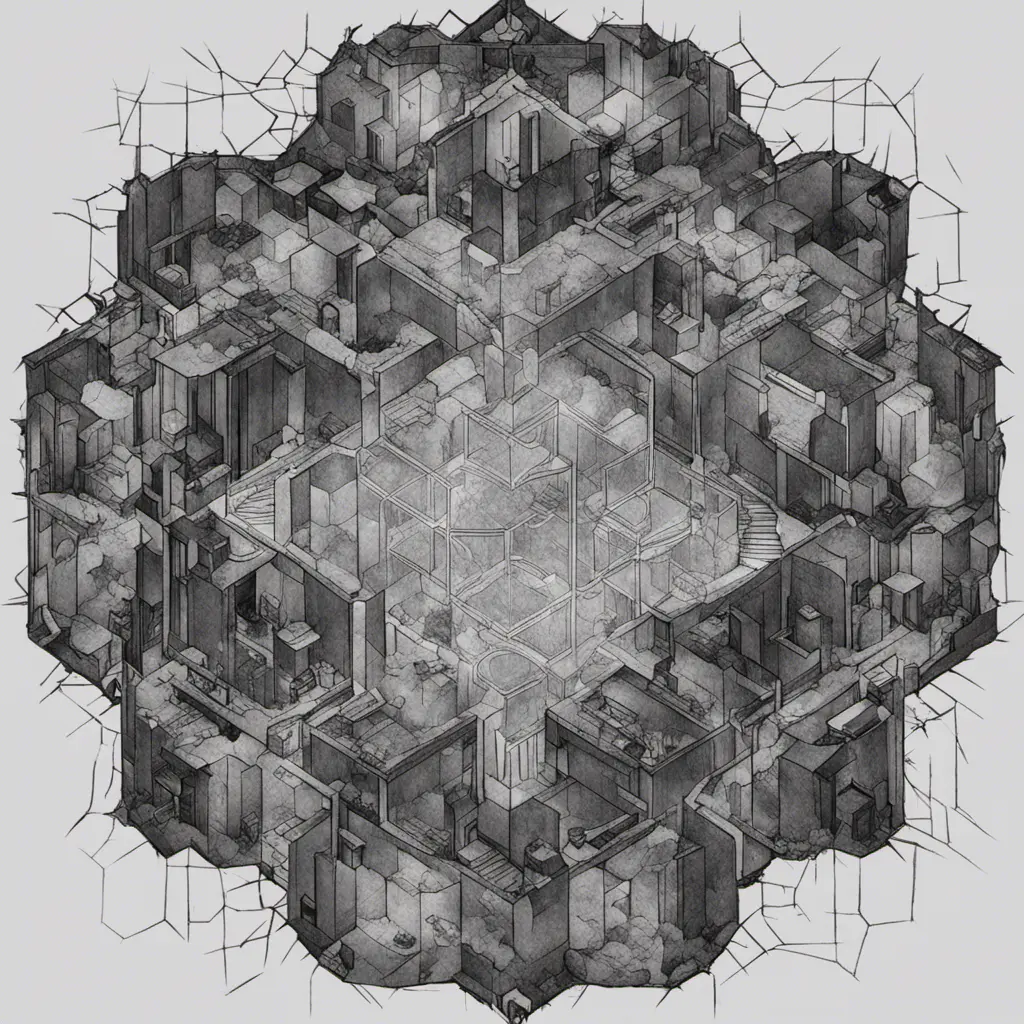5
Land of the Behemoth (oc) - SLRPNK
slrpnk.netThe behemoth were not always so large and unwieldy as they are now. The first
behemoth ever captured could hardly pull a dry sled with two dozen stones, stood
shoulder to shoulder with a man, and could only walk a bit faster than a person
could run. Early behemoth were captured from the wild and highly prized. Early
tamers mastered their beasts skillfully. Though their animals were still
unpredictable, tamers were cautious. Even still, people were wary of the
creatures. They watched from a distance, in both discomfort and awe. One of the
most skilled tamers captured an especially beautiful behemoth and gifted it to
the king on the anniversary of his coronation. The king’s behemoth rider was
always trained by the riders guild, but not all riders remained so skilled. As
the behemoth became a signal of power and prestige, tamers began to sell
captured behemoth to nobles who would ride them carelessly. Behemoth are
omnivores. When not well controlled they are prone to charge and attack. There
was much outrage after a young child was eaten by a behemoth while she danced
near the street. The lord paid the family’s debts, and no more was said of it
but whispers. Many such events happened in the kingdom. The peasants would
wonder, “why must we now fear our own roads? Why can the lords not ride the
slender weilu that does not hunger for our flesh?” But the nobles did not feel
their pain and mocked them for letting their foolish children be eaten by
monsters. Even still, the nobels felt the need to address the mumbling for fear
it might escalate. So they seized common roads for their beasts and blamed
peasants who were trampled or eaten by them. The riders guild eventually learned
the secret to breeding the behemoth in captivity. By giving some commoners low
breeds, the people began to accept and even like the beasts. The highest breeds
were always kept for the nobles, and the commoners learned to admire their
ornate features. Commoners learned that they were safer on the monsters than
near them, so behemoth began to fill all the available space. People would ride
their beasts to a neighboring house for fear of being killed while walking. One,
seeing how common it is, may believe that the king had proclaimed that all must
ride the behemoth. But after so many years, the kingdom has simply been built
around them. No law enforces their use, but no force can protect those who
choose not to ride them. All who could, did. None ride the graceful weilu, for
behemoth have a taste for it as well. Yet, even the riders of the beasts are not
safe. Behemoth are prone to quarrel. As their numbers grew, battles became more
common. Breeders began to focus on increasing size so the behemoth could wear
armor. Now the behemoth are so large they can consume a child in a single bite
without a rider even taking notice. Yet, this has not made riders any more safe.
Quite the opposite. Today every behemoth is armored and carries a grand litter
to protect the occupants, but this only makes them harder to control and the
inbreeding only makes them more clumsy, anxious, and violent. Many times a day
now one may hear outside, near any behemoth path, the terrible screeching of
their taunts and the loud thud of their strikes. These battles often kill both
behemoth and rider. In their confusion will sometimes charge at building,
crushing themselves under the collapsing walls and killing those inside. The
behemoth are strange creatures. As I said earlier, they were omnivores. While
they hunger for flesh, especially humans, they also needed to eat several pounds
of a specific fruit every day. Even the smell of the olapi was wretched such
that none would imagine it could be eaten by any other living thing. The fruit
contains the very essence of death. It was the key to taming the behemoth, for
without this fruit they would lie down and refuse to work. When fed the fruit
regularly, they can be promoted to any work. In the wild, the olapi tree was
quite rare. It only grew in old graveyards, battle fields, and other ancient
places of death. In it’s natural habitat, it did not spoil the land around it,
at least not much. But when grown away from these places of death, it is want to
turn fertile land to stone. Fields once reserved for food have been cleared to
make way for olapi trees, such is the demand, and farms have been pushed further
and further out of the towns and cities. The spring rains can be quite intense
in parts of the kingdom. In the old days, channels would divert excess water to
the fields. The fields would store the water though the dry sunmers. But now
many of these fields have become stone, so water has no where to go. Many
villages have started to flood in the spring and winter. But this is not the
only problem with the behemoth and their fruit. The flatulence of the behemoth
is legendary. The people of the land seem to have grown accustomed to it, but
outsiders are surprised and repulsed by the stink. The noxious fumes can become
quite dense at times, especially on hot summer days when many behemoth gather in
one place. Recently a cloud of behemoth fumes became so dense, on one late
summer afternoon, that ignited into a raging firestorm. One of the richest
villages in the land was razed to the ground, and the stampede of burning
behemoths trampled everything else that remained. Though they destroy the jewel
city of the land, few questioned their dedication to the behemoth. But there is
one even more sinister detail that I have not yet described. The olapi tree
hungers for death to feast upon. The behemoths concentrate that hunger as they
eat the fruit, and they leave behind a strange and Infectious madness in their
dung. Rain washes the madness out to the fields. It soaks in to the soil and
infects the crops. It washes out to the rivers and poisons the fish. All the
people eat has become infected, and by eating they become infected. The Land of
the Behemoth has become overtaken by a terrible hunger. All they harvest brings
death to the land. So many admire the Land of the Behemoth from a distance, but
so few know the truth. And now we have learned thet the king has fertilized the
Royal garden with the dung of his prized behemoth. His temper has grown wild and
madness spills from his lips. He threatens his neighbors and orders his nobles
to eat the dung directly. How long can a kingdom survive in such madness? How
long can a people live who spoil their own crops, burns their own houses, and
feed their own children to monsters? I left this kingdom to its madness, and it
has troubled me to have seen behemoth in my new home. Now that you know the
truth, will you still praise the Land of the Behemoth, nation of pestilence,
eaters of dung, kingdom of fools? Will you let your fool’s knowledge of this
land lead us all to the same fate, or may we learn from their folly and free
ourselves from the burden of this beast?
I started doing a “one short story a week” challenge, and I ended up writing something I think y’all might appreciate.
Formatting may be lost via x-post, so go to the original if it’s unreadable.
You must log in or register to comment.

